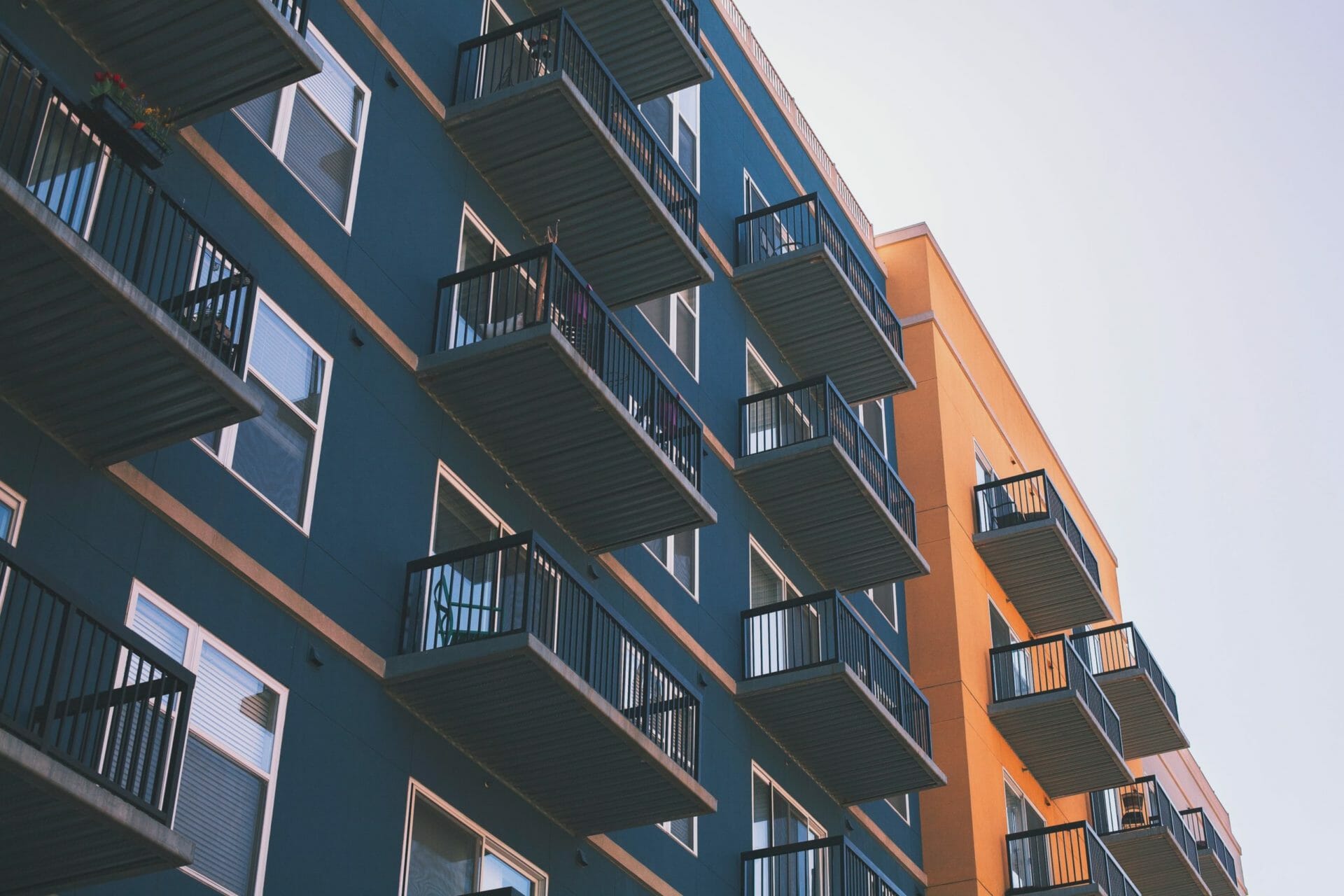Slowly, but surely, things are changing for the better. COVID-19 has had an immense impact on the entire world. In a matter of weeks, we’ve had to cancel major plans, adapt to new ways of working, and find alternative methods to stay in touch with the people we care for while social distancing.
It appears as though our hard work has paid off. COVID cases are steadily declining, and states like Georgia, Iowa, Kansas, Montana, and Texas have lifted stay-at-home orders. Other states and provinces are loosening restrictions and are modifying some of the new rules. Some businesses have reopened, and small social gatherings are allowed in certain places.
So, what does this mean for condos and HOAs? Like any other organization, they’re going to need a plan. Though we’re all hoping that the worst is over, we must be prepared for the possibility of a second outbreak. The one thing we can say for certain is there will be no immediate return to “business as usual.” This will be a slow and gradual process, and it will require patience, flexibility and collaborative teamwork from management and residents.
Your plan will need to be designed around your community. Consider their unique requirements, and do your best to meet their needs while continuing to promote best practices and help keep everyone safe.
Create new health and safety measures
The new normal that we are working towards is not the normal we experienced before the COVID-19 outbreak. People will need to continue to keep a safe distance from others, wash their hands frequently and avoid touching their face if they’re outside of their home.
Boards and managers should continue promoting these practices in their communities. If there are limits on how many people should be in an elevator at one time, keep that rule in place. If your management office is reopening, ask your residents to wear a facial covering if they need to come in to speak to someone.
Take some time to meet with your team and discuss a multiphase plan. Ensure you have the tools and resources available to safely carry out those plans, and make sure the plans have some flexibility. Furthermore, boards should consult with legal counsel and their insurance providers on any plans they create before the plans are implemented to make sure they aren’t taking on any unnecessary risks.
Deep cleaning is a must, especially in larger condo buildings. Your cleaning staff must continue to wipe down elevator buttons, handles, light switches, garbage chutes, and table and counter surfaces multiple times each day.
Watch for new recommendations from health and government officials, and use discretion when implementing new rules or processes.
Carefully evaluate what is safe to open
At this point, it may be too early to open amenities such as gyms and pools. But when you do, know that these shared spaces will require special care and attention from your cleaning staff as well.
Just because you can do something does not mean that you should. If, for example, your city says that public pools can reopen, but many of your residents are over 60 years old, you may not want to reopen your pool in order to protect your more vulnerable residents. Consider your community’s specific circumstances when determining what common areas and amenities should reopen.
As we said before, this will be a gradual process, which means there will be several small steps to take. Change will occur frequently, and you will need a reliable communication system in place to keep everyone up-to-date.
Communicate new processes and procedures
Anxiety is natural as temporary restrictions are lifted. Your residents will be looking for useful information to help them safely navigate this transitional period. What you communicate, and how you communicate, will be critical.
Help your community by sharing information about each phase of your plan. Provide best practices in a simple, accessible document, and update that information as necessary. Create a few posters if you haven’t already done so and put them in highly visible areas such as the lobby or in front of elevators. Provide a phone number or email address that residents can use to submit their questions or concerns.
Make sure you provide information about the status of:
- Essential amenities
- Non-essential amenities
- Emergency repairs
- Non-essential repairs
- Payment processes
- Member meetings
- Outdoor spaces
- Landscaping
Will residents need to sign up to use the gym? Will member meetings be held in person, or will they continue to be hosted online? What happens if a resident is struggling to make a payment? Is there an expectation of residents to uphold landscaping duties? These questions need to be addressed.
There is such a thing as overcommunication, so try not to bombard your community with emails or announcements. However, you should be sharing information frequently to help foster community wellness and reduce anxiety.
Create designated spaces for community news and updates
Even the best plans are useless if residents don’t know where to find them. Residents need a way to access the information you are sharing. Digital communication tools such as property management software, resident portals and community websites are all safe and effective solutions. Management can share news or updates instantaneously, and residents can access the information they are looking for at any time. If you have software like Condo Control Central, you can even create a designated folder for all COVID-19 information.
Not everyone is online. If you have lobby or elevator screens, make sure to share updates on these screens. You can also post physical documents in highly visible areas, and send physical copies of notices if many of your residents are not online. Include a phone number in the notice so that residents have a way to get in touch with management or the board if they have more questions.
Connect with your vendors
It’s very important to maintain communication with your vendors during this time. Talk with them to make sure that they are following a set of established protocols as well. Ask about their COVID-19 management plan, and you can share your plan with them so that everyone is on the same page. As an additional precaution, create a backup staffing plan just in case a vendor calls in sick.
Ask for feedback
Your residents may have some additional concerns that you haven’t thought of, or they may come forward with a very good idea. While you aren’t required to use their feedback, it doesn’t hurt to ask. Plus, they will appreciate that you’re thinking of them during this challenging time. Feedback can be sent virtually, or you can leave a suggestion box in front of the management office.
Minimizing the spread of COVID-19
In order to minimize the spread of COVID-19 and prevent a second outbreak, condos and HOAs will need to move forward with caution. Management should take precautionary measures and err on the side of caution as restrictions are loosened. Create a multiphase plan for your community that addresses any unique challenges and requirements. Some corporations may be wondering if they should enforce additional safety practices, such as taking someone’s temperature before they enter the building. Bring these sorts of questions to your attorney. It is probably not reasonable to require homeowners to have their temperature checked, but it may be reasonable to check the temperature of service workers.
Balancing the best interests of the cooperation or association, and the needs of homeowners can be very challenging. Do your best to make decisions that will protect the property and the health and safety of the people who live and work there. That may mean you have to make some unpopular choices, but it’s better to keep the pool closed a little longer than endanger your community (and yourself).



